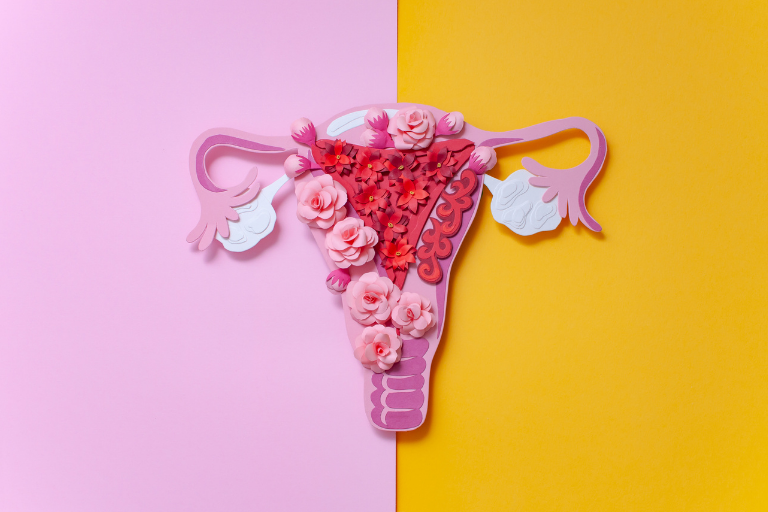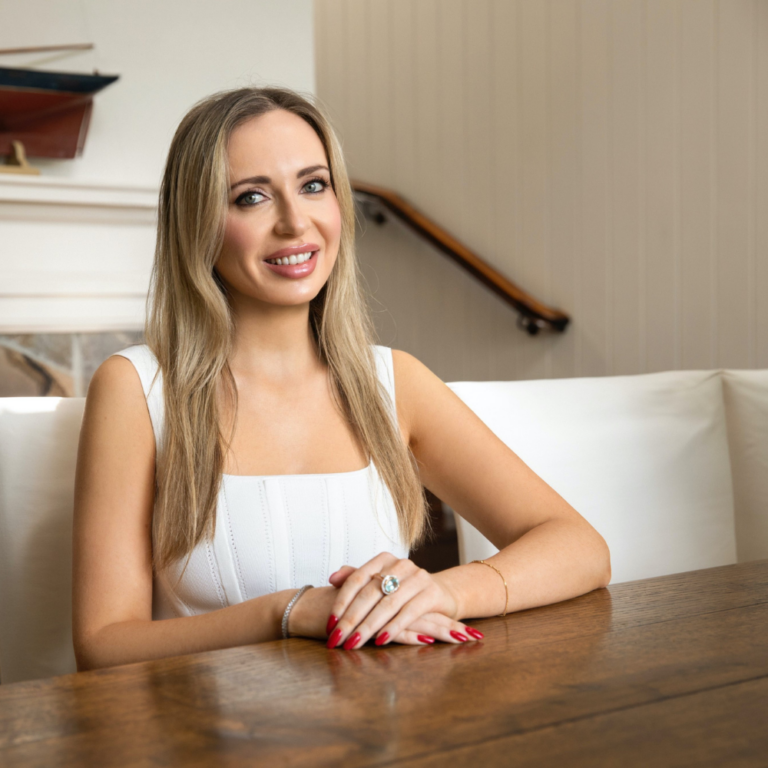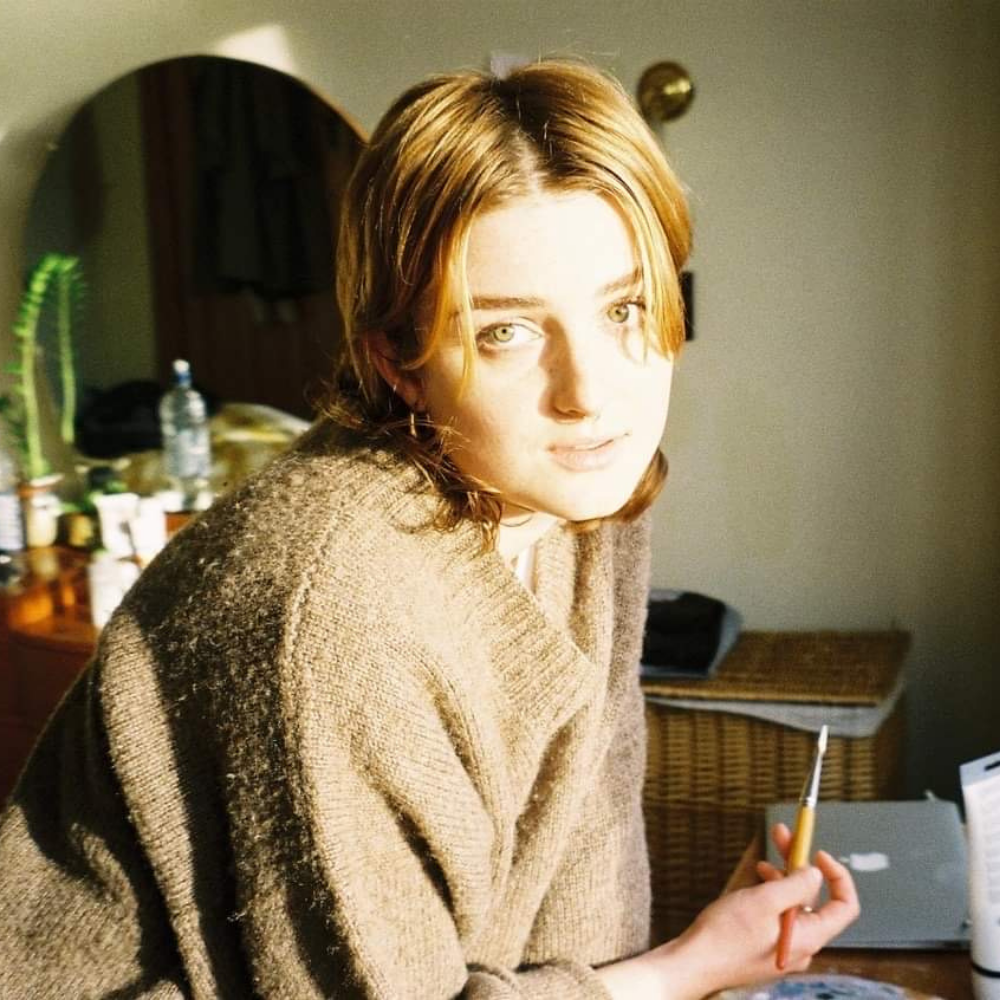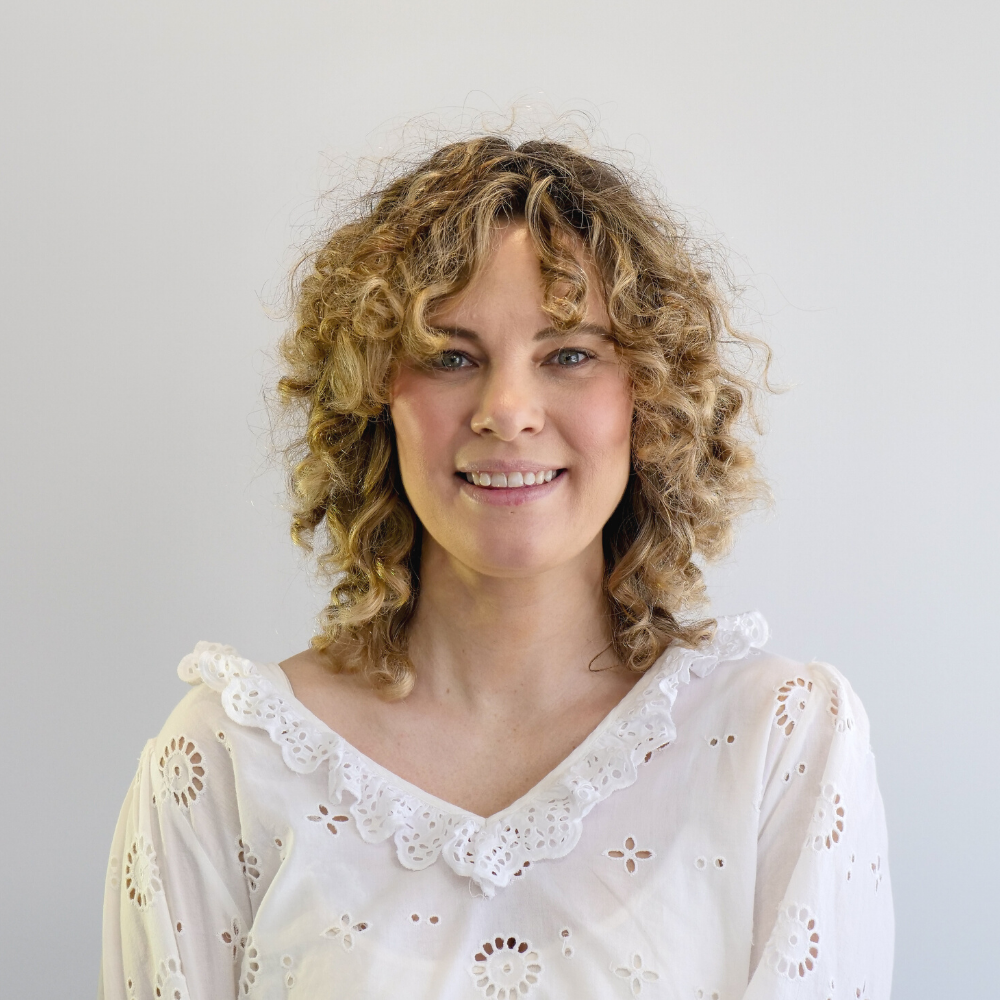
It’s an often misunderstood illness and studies show endometriosis can take an average of eight years to diagnose, resulting in infertility. The debilitating condition, which an estimated 120,000 New Zealanders suffer from, is where tissue similar to the uterine lining grows outside the uterus. It causes chronic pelvic pain, and can also cause pain during sex.
In support of Endometriosis Awareness Month, we asked three women to share their stories to shed light on what living with endometriosis is like — from navigating the medical system to seeking relief through lifestyle changes.
Hear from Tanné Snowden of beauty brand Tronque, Wellington artist Ella Peacock, and Tash Crosby of charitable organisation Talk Peach about their experiences. We hope their honest words bring solidarity and comfort to anyone struggling with chronic pain or endometriosis.
Tanné Snowden

I have suffered endometriosis and menorrhagia since I was very young. Although I had a history of crippling pain, anaemia, migraines, back pain, leg pain, IBS, and brain fog, I didn’t have a confirmed answer until I was in my twenties. The correct diagnosis gave me a form of closure, but it also led to new concerns.
After my second surgery in 2019, my surgeon described my pelvis as ‘spaghetti’. My recovery was very long and painful. An MRI revealed that my left fallopian tube was wrapped around a six-centimetre cyst, which had attached to my colon.
Pain from endometriosis is difficult to convey to others. When I was in my teens, I thought that endometriosis was uncommon, and it had to be more severe than what I was experiencing, even though I often found myself writhing in pain for days on end. You have to learn to take charge of your health and life. If you’re not getting results or answers, seek other avenues until you do.
Controlling my exposure to endocrine disruptors has helped me to manage my symptoms. Endocrine disrupters are hormonally active chemicals that can interfere with the endocrine system. Although they didn’t directly cause my endometriosis, they contributed to my symptoms. By shifting the focus to what I used on my body, I discovered that endocrine disruptors are found in cosmetics, personal care, and skincare products. Endocrine disruptors mimic hormones, and for someone like me, whose hormones are completely out of balance, they should be avoided where possible. This was hard to accept as an avid beauty junkie. It is why I founded Tronque.
I formulated the Tronque Scar Concentrate after I was left with five surgical scars on my abdomen. I tried every product I could find on the market that targeted scarring, but many used endocrine disruptors. While recovering, I began to experiment with and formulate different solutions in my kitchen. I had five scars to experiment with, so it was very evident which ingredients were working. From the reception I was getting from friends and family who tried the Tronque Scar Concentrate, I realised there was a real demand for a post-surgery cream made with natural ingredients.
I’ve received the most beautiful, heartfelt messages from fellow sufferers. Our customers range from a woman in her eighties, who said she’s waited her whole life for a product like Tronque Everyday Revelation, to new mothers using Soft Focus on their c-section scars. It’s been so rewarding to hear everyone’s story and how Tronque has helped them, including through our partnership with Endometriosis New Zealand.
Know you are not alone, as one in ten women suffer from endometriosis. Find a doctor who doesn’t dismiss your symptoms. There are support groups where you can talk to others going through the same journey, and Endometriosis New Zealand offers support. Thankfully, barriers have begun to come down surrounding speaking out about women’s health, and that’s heartening.
Discover more about Tanné’s journey with endometriosis and endocrine disrupters at tronque.com.
Ella Peacock

My struggle with endometriosis has completely shaped my life. I experienced menstrual pain early on, which only worsened as I got older and eventually led to a diagnosis when I was sixteen. Since then, I’ve gone through many treatments and had three surgeries. I’ve also struggled with chronic fatigue and IBS, two common co-diagnoses for people with endometriosis.
I often felt unheard and misunderstood. I started seeking answers young, and I noticed that if I went with my mum, they would talk to her and not me when addressing my health. I had to learn to start advocating for myself and going alone. In the eight years I’ve been on this journey, I’ve accumulated many horror stories of medical professionals saying condescending and invalidating things to me because they didn’t take my pain and experience seriously. This is something I still struggle with.
For a long time, my defining experience in my body was pain. I had to learn to stop demonising my body. I’ve carried around a lot of grief for myself and my body. I felt at the mercy of my illnesses. It’s important to start creating new associations, sensations, and places in your body to heal. Allow yourself to see your body as more than just one thing. Things like eating well, sleeping enough, gently working out, and seeking out physically pleasurable and safe situations are great ways to start healing that relationship with yourself. Working on mindfulness and radical acceptance is important.
I’ve been disabled since I was about seventeen. It can be difficult to gauge your limits daily to day with chronic pain and fatigue; you can’t predict how you’ll be feeling. It’s hard to set goals for the future because I don’t know how well or limited I will be. You end up living with an “I can’t” mindset. Unfortunately, we don’t live in a world where being chronically ill can be accommodated easily by a traditional career. This means that you have to make things up for yourself and sometimes take more unconventional paths when figuring out how to work, provide for yourself, and follow your dreams.
I’ve spent years trying to communicate how much I’m struggling partly because of how I choose to present myself. I’ve often felt like, to be taken seriously, I need to show up in my pyjamas and break down in the doctor’s office. I think it’s hard for others to realise that living with pain means that I can keep smiling sometimes. When you live with pain for a long time, you learn to separate it from your mood because it’s always there. I lost friends when I was younger because illness tends to weed out the people who aren’t the most understanding or supportive. There’s no time to be around people who make you feel bad or get angry at you for not being able to do things.
My biggest support system has always been the people who love me. As for the healthcare system, I think there are many gaping holes in the available help. Western medicine focuses solely on the organ experiencing disease rather than looking at the whole body, the life someone lives, and their individual needs. There needs to be more emphasis on holistic medicine, hands-on body therapy, and better pain education available in the public healthcare system for people with chronic pain.
Fighting against yourself is what will make things the hardest. Learn to communicate and educate your loved ones. Shop around until you find healthcare providers you trust and feel comfortable with. You’re more than a disease. Chronic pain can limit your options and activities, but that doesn’t mean that you don’t have any options and that you can’t enjoy these.
Tash Crosby

By the time I was diagnosed, I had endured years of painful periods. There would be times I was in such pain that I could only curl up in bed, and even getting to the bathroom seemed like a huge feat. I got my first period in the nineties when no one talked about what was ‘normal’ and what wasn’t when it came to period pain, and so I spent many years assuming that this level of pain was something everyone went through.
My pathway to diagnosis was a bit of a fluke. I had an ultrasound for a pregnancy that never went full-term, when a cyst was discovered. I was told that cysts usually clear up on their own and that they recheck it in a few months. Five months later, when the cyst had grown bigger, the decision was made to remove it laparoscopically. I was then diagnosed with stage four endometriosis.
I’m educated and confident, yet I completely missed the mark when it came to realising how ill I was, or how much I was suffering. I remember feeling guilty about missing social events or work as if missing these things “just for period pain” was somehow bunking off or overreacting. If I had been aware of or part of the conversation early on about what constitutes a normal or acceptable amount of pain, things would have been picked up far earlier.
The only time I have been thankful for my endometriosis is when it led to my ovarian cancer diagnosis. I felt changes in my body. I assumed that the endometriosis tissue had grown back and that I had developed another cyst. When I went for an ultrasound, a cyst was found on my right ovary. I didn’t want to wait five months to have it reviewed and then removed. My GP tried to refer me to the hospital, who didn’t think the matter was urgent. He advised me to take myself to the emergency department. I took myself three times within two weeks. On the first and second visits, they kept me overnight, diagnosed it as a recurrence of my endometriosis, gave me Panadol, and sent me away. On the third visit, I had shooting pain going down my leg. My mum told me to “put on the waterworks”, which I did. They gave me a CT scan and sent me home. Three days later, I was called and told to return to the hospital as soon as possible. The pain in my leg had been a tumour pressing down on my nerves. That was the beginning of my ovarian cancer journey.
Gynaecological health is still not talked about openly, honestly, and widely enough. To overcome stigmas and reduce health inequalities, we need better education and information about endometriosis and gynaecological health. Awareness is required to allow individuals to take control of their health, advocate for further medical investigation, and realise that something is wrong. You can’t say vagina or vulva on Instagram, for instance. That’s ridiculous. These words are imperative when it comes to educating and saving lives.
You know your body better than anyone else! If things don’t feel right and health conditions are affecting you daily, don’t delay seeking answers. Reach out, ask for help, take a friend to appointments, and seek a second opinion if things aren’t acted on. There are many wonderful groups online that support people with endometriosis. Get in touch with them! There’s nothing worse than feeling alone and much to gain from the stories of others.
Talk Peach Gynaecological Cancer Foundation is founded and run by survivors. We educate about gynaecological health and the markers for gynaecological cancer to reduce late diagnosis, support those diagnosed with gynaecological cancer, and support gynaecological cancer research.
For information on gynaecological cancer, cervical screening, HPV, and gynaecological health, visit talkpeach.org.nz or @talk_peach.










